Transforming regulatory compliance and reporting automation for banks in Singapore
Background
Towards robust and stable financial ecosystems
Across the world regulators and regulated industries are striving to set up robust and stable financial ecosystems, where data collection enables to identify risks timely. At the same, they need to balance the growing need of data with the data reporting burdens that are imposed on the regulated industries. There is a mutual understanding that power lies in collaboration and partnerships. Therefore, stakeholders on both sides of regulatory reporting collaborate employing the most relevant RegTech and SupTech solutions.
Such collaboration of professional community and RegTech, involving BR-AG, AxiomSL, PwC and reporting banks in Singapore materialised in the project developing an industry-led taxonomy for reporting of Monetary Authority of Singapore (MAS) returns.
By joining forces, the project team not only established a common, digital taxonomy to ease change management and help automate the reporting to the MAS but achieved much more – a blueprint for digital reporting initiatives across the globe.

The project used one of ATOME software modules provided by BR-AG, namely the taxonomy management and modelling platform ATOME Matter.
Project
Managing more data, more efficiently – starting now
When our and partners’ teams, and nine major banks collaborated to address the Monetary Authority of Singapore’s rigorous new data requirements for its MAS 610/1003 reporting, we couldn’t have foreseen that two years later our joint effort would not only introduce a widely embraced open taxonomy for MAS 610/1003 but also offer the industry a model for a market-driven approach to ensure consistent, high-quality, and swift adoption of evolving large-scale regulatory data requirements.
Growing demand for data by regulators
Regulatory data demands were already intensifying pre-pandemic, with MAS and other regulators seeking more detailed and frequent data submissions. In 2018, MAS introduced new requirements for its 610/1003 core balance-sheet monthly regulatory return, increasing data points by 8,000%, from approximately 4,000 to over 340,000. Financial institutions had a tight 24-month window to collect, process, and align these data across 67 reports.
The COVID-19 crisis has further accelerated this trend. Regulators, aiming for a deeper understanding of financial institutions and systemic health, have heightened their demands. Both industry players and regulators are grappling with the implications. To effectively analyze submissions and enable fair comparisons between institutions, data consistency is paramount.
Navigating the MAS 610/1003 challenge
In 2018, financial institutions under MAS 610/1003 faced a daunting task. The revised requirements demanded a significant increase in data points. Within a tight 24-month timeframe, institutions and accounting firms encountered numerous uncertainties, with hundreds of queries raised on MAS 610/1003 guidance. Adding to the complexity, MAS had yet to release guidelines for the Data Collection Gateway (DCG). These new demands and guideline uncertainties affected all banks striving to meet MAS 610/1003 obligations promptly and effectively.
A creative market-driven initiative
MAS 610/1003 inspired an entirely new response – a market-led initiative driven by a desire to improve a challenging situation for the benefit of all involved. This move was crucial because there was a tough deadline to be met. Any initiative had to move at a fast pace if there was to be a boost to the success of banks implementing the new MAS 610/1003 requirements.
Fully appreciating how the changed requirements would challenge its clients, and motivated to address the problem creatively and quickly on their behalf, AxiomSL kicked off the MAS 610/1003 initiative by forming a unique collective of industry participants:
- BR-AG, a specialist SupTech firm, brought its expertise in creating regulatory data taxonomies.
- AxiomSL, a leading RegTech firm, brought its data management, technology, and industry expertise.
- PwC, a leading consultancy, brought its expertise in project management.
Nine prominent banks joined at the outset: two Domestic Systemically Important Banks (D-SIB) and seven international banks including four Global Systemically Important Banks (G-SIB). The newly formed collective articulated four guiding objectives: data quality improvement, implementation, change management, and operating costs reduction.
Outcomes
A collaborative approach in action
At the project’s inception, banks were concerned about managing varying interpretations, particularly distinguishing between generic data attributes and those specific to individual banks. Surprisingly, the cooperative effort led to a convergence of opinions rather than divergence, fostering a highly effective collaborative environment.
The project operated iteratively, with support from AxiomSL, PWC, and BR-AG experts, who assisted banks in identifying and addressing interpretation and modeling challenges. The project’s technological framework included:
- Data Point Methodology (DPM): An open international methodology which represents a technology-agnostic approach to describe atomic regulatory information requirements. This methodology is presently under consideration to become an ISO standard.
- ATOME: BR-AG’s collaborative data modelling tool enabled the collective to update the multiple-object-tracking data-point-methodology (MOT DPM) model and prepare the corresponding required XBRL (eXtensible Business Reporting Language) format. An international open electronic reporting standard, XBRL is mandatory for many regulatory reporting including CRD-IV and Solvency II across the EU.
BR-AG created a draft taxonomy that PwC and AxiomSL reviewed, and the nine banks commented upon. This cycle is repeated three times to ensure completeness and consistency. The project incorporated training in data modelling and taxonomy concepts for consortium participants, raising the group’s proficiency. At the close, more than 400 comments were logged, coordinated, and consolidated using ATOME. Throughout the project, AxiomSL’s deliverables included:
- Analyzing the new MAS forms
- Distilling business concepts
- Analyzing linkages and descriptions of each business concept and reportable amount
- Organizing them in a taxonomy data-point model
- Performing both functional and technical testing
- Ensuring the taxonomy solution was fit for purpose
After many iterations, workshops, meetings and 20 revisions, the participants found common ground. Only three months after they began, the consortium successfully completed the MAS Open Taxonomy project, meeting their objective of ensuring industry participants would have early access to the taxonomy so they could incorporate it into their 24-month preparation timeline for MAS reporting compliance.
Adoption of open industry taxonomy for banks regulatory reporting in Singapore
The group presented the taxonomy to MAS where it received a warm welcome. It then was made available to industry participants and MAS was granted access to the model via ATOME. The final outcome was An Open Taxonomy For MAS 610/1003, a comprehensive dictionary.
Adoption of the taxonomy has been enthusiastic. Recognition of and support for the project among the banks increased gradually from the nine founding banks to about 40 today.
An Open Taxonomy for MAS 610 Compliance, financial institutions achieve high-quality data that is consistent with the regulator’s requirements and industry norms. It handles the various complications of new MAS 610/1003 requirements, such as portfolio segmentation and calculations, integrity checks.
Feedback demonstrates the initiative’s value
The survey conducted upon implementation returned 41 responses that show strong support for the open taxonomy project, lift up its key value areas, and offer further ideas for development. Taken at a point when banks are approaching the end of the preparation lifecycle, the survey results speak to the success of the initiative overall and reflect the effort’s strong results to date. Respondents overwhelmingly indicated that the open taxonomy helped them to understand MAS 610 data requirements and facilitated their implementation as the following survey responses confirm.
- Almost 100 percent indicated that the open taxonomy helped them to understand the revised data requirements,
- The vast majority (83 percent) said it also helped them understand the differences between MAS releases, and
- Almost 100 percent indicated it had helped their implementation.
In additional feedback around the survey discussion, participants also communicated that they highly value the improved data quality they have achieved due to the open taxonomy. And they indicated that the approach has indeed helped lower their cost of compliance, one of the initiative’s organizing goals.


